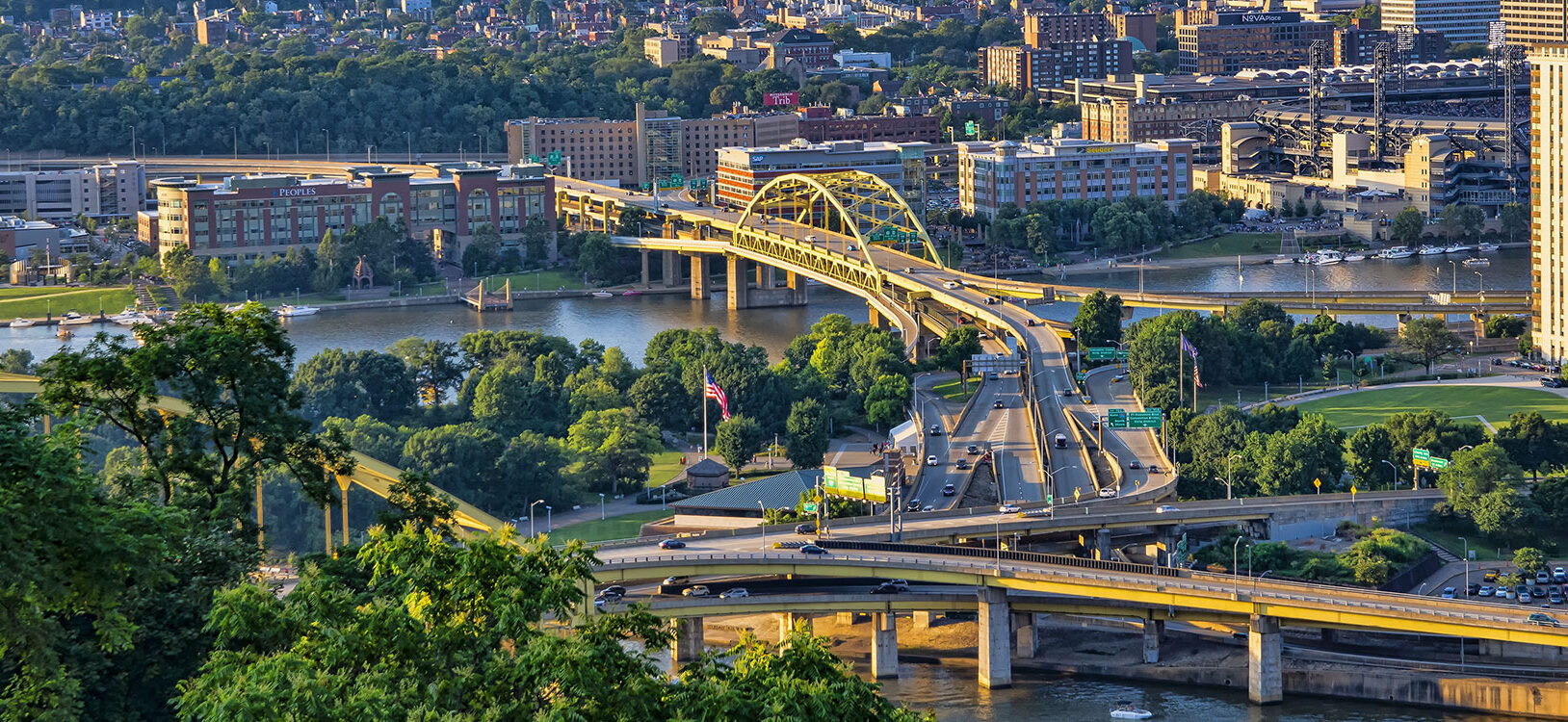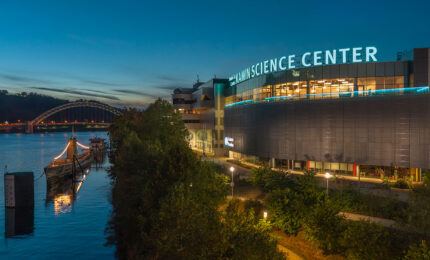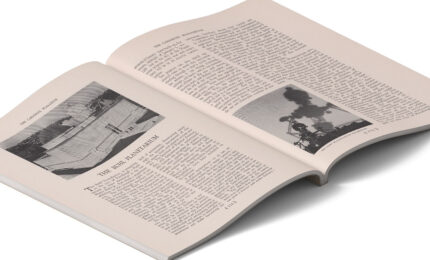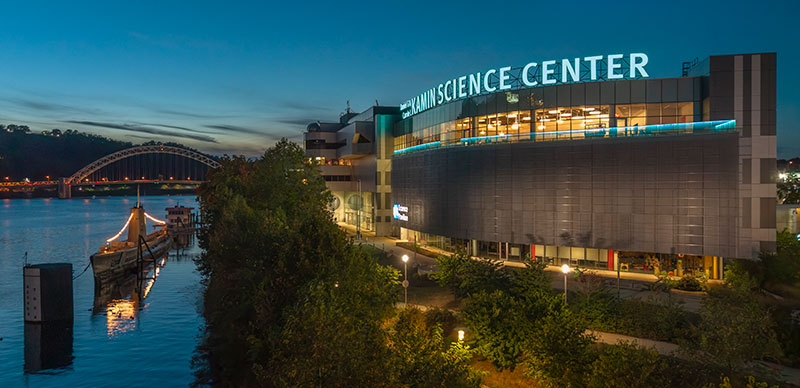Cities are increasingly important in organizing the experiences of people and their interactions with nature. In 1950, there were 2.5 billion people on Earth and 30% lived in cities. Today, there are 7.5 billion people and 55% live in cities. By 2050, there will be an estimated 9.5 billion people and 68% will live in cities.
Generally, cities are not good places for other critters to live. The abundance of pavement, buildings, traffic, pollution, pesticides, herbicides, and other hazards make cities really hard places for plants and animals to survive and breed. From a conservation science perspective, cities have long been considered dead spaces, or biological deserts. But, more recently, researchers are paying attention to nature in cities. One reason for their interest involves people’s need for nature. Study after study confirms the basic biophilia hypothesis that people want to associate with nature; and they are happier and healthier when they are near plants and animals in their daily lives.
Cities have also drawn the attention of researchers because some really exciting things are happening within their limits, such as growing populations of peregrine falcons, sightings of rare birds using city parks during annual migrations—such as a snowy owl in New York City’s Central Park—and even discoveries of new species not previously known to science, such as an ant species stumbled upon in the Big Apple. While cities are overall negative for biodiversity, recent research findings raise important questions: Can human cities be good for nonhumans too? Can urban wildlife include a broader spectrum of creatures beyond the common city-adapted species like European sparrows, pigeons, and black rats? What about species special or unique to the regions in which cities are located? How can we make cities work for biodiversity?
A few years ago, I posed these questions along with four colleagues from the Resilient Landscapes program at the San Francisco Estuary Institute. We wanted to learn if there were general lessons that could be distilled from recent and ongoing research projects about what kinds of species can benefit from cities and, if so, how might city planners utilize this information to prioritize actions that would help cities contribute positively to the resilience of regional biodiversity, or at least do more to diminish the negative impacts.
“What excites me are the possibilities if we really try.”
Earlier this year, some of our findings were published in the journal BioScience. The open-access study, titled The Biological Deserts Fallacy: Cities in Their Landscapes Contribute More than We Think to Regional Biodiversity and co-authored with Erica N. Spotswood, Erin E. Beller, Robin Grossinger, J. Letitia Grenier, and Myla F. J. Aronson, includes citations from dozens of regional research projects around the world. It identifies five pathways by which cities can help regional biodiversity.
“Cities can benefit some species by releasing them from threats in the larger landscape; increasing regional habitat heterogeneity; acting as migratory stopovers; enhancing regional genetic diversity and providing selective forces for species to adapt to future conditions under climate change (e.g., a phenomenon we are calling preadapting species to climate change); and enabling and bolstering public engagement and stewardship.”
Four categories of species were identified that commonly utilize urban habitats, with varying degrees of success, and the study explores examples of how specific species in specific places demonstrate these five pathways.
Overall, the role of cities in supporting landscape-scale biodiversity is an understudied area of research. As cities continue to grow in number and size, human populations rise, and climate change continues, paying attention to the experience of other critters and how we can make space for them to survive and thrive in anthropogenic habitats will be more important than ever. This research identifies opportunities to reconcile cities with biodiversity. Opportunities exist to learn more about the unique resources that cities can provide, which types of species can take advantage of these resources, and how this information can be incorporated into city plans for parks and green spaces. The San Francisco Estuary Institute has begun this applied work in their report Making Nature’s City, which presents a science- based framework for increasing biodiversity in cities.
What excites me are the possibilities if we really try. For the most part, cities have been developed with little or no concern for biodiversity. Often people think that humans and nature just can’t coexist. What if city planners and conservation professionals start applying these lessons from ecology more broadly and work together with citizens to deliberately steward biodiversity in cities? How abundant and rich with diverse life could cities become? How happy would that make humans? I wonder. And I am hopeful.
This essay first appeared on Carnegie Museum of Natural History’s blog.







